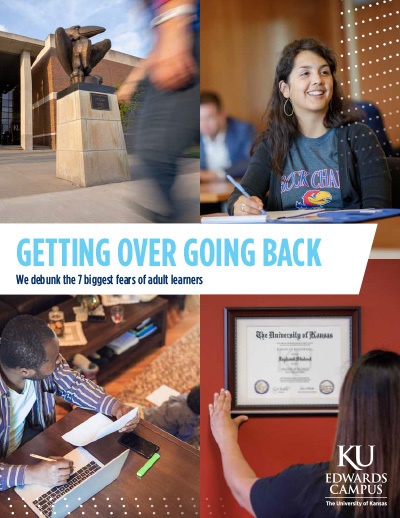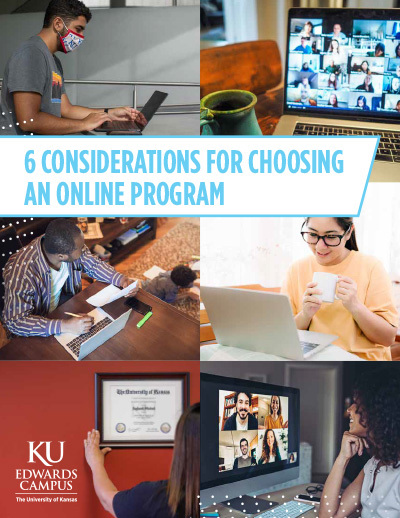How to know when you’re not OK: mental health at school and work

Whether it’s midterms, a job search or a big project at work, stress is a common element of life in both the professional and academic spheres. But for many adults, stress and anxiety aren’t just temporary problems that hit during busy seasons of our lives. According to the Anxiety and Depression Association of America, 40 million Americans over the age of 18 are diagnosed with an anxiety disorder. Major Depressive Disorder, the most commonly diagnosed form of depression, is the leading cause of disability in the U.S. for people ages 15 to 44, and is often linked with anxiety.
Stress, anxiety and depression can affect your entire body. Understanding how we respond to it, and developing healthy tools to do so, can make you healthier not just in mind, but in body as well, says Renee Van Meter, Open Access team leader at the Johnson County Mental Health Center.
“Unfortunately, stigma separates physical health and mental health. We’re hoping to educate people on their wellness as a whole,” Van Meter says. “You can’t separate your head from your body.”
Knowing the warning signs of anxiety and depression
Physical symptoms are one of the most immediately noticeable signs that you may need to take a break or seek help, Van Meter says. “If you see a significant increase or decrease in sleep, appetite or energy, you might want to take a look at that,” she says. “Energy might look like lethargy, or just not being interested in the activities you usually are.”
Alex Williams, psychology program director at the KU Edwards Campus, says anxiety and depression can also present themselves in regard to what you’re not doing, as much as what you are. “A depressed person may be spending more time in bed and less time outside of the home. An anxious person may heavily procrastinate or avoid situations they feel nervous about,” Williams says.
If you’re concerned you might be experiencing symptoms of anxiety or depression, or know someone who is, one way to check is seeking out resources, such as a mental wellness action plan, that contain a checklist of behaviors, as well as suggestions for healthy habits to help keep yourself on track.
How to practice self-care
One way to make sure you’re paying attention to your mental wellness needs is self-care. The term can sometimes bring up very specific activities or images (retail therapy, bubble baths or massages) that aren’t necessarily practical, which can cause people to dismiss the practice altogether. But, Van Meter says, Self-care is really a spectrum, and what works for some may not be what works for others.
“Self-care is knowing yourself, or taking the time to really know yourself, and allow yourself whatever moment or activity you need to be your best,” Van Meter says.
“The spectrum of self-care is unending, because there are so many parts of ourselves we need to be in touch with. It could be knowing limits or boundaries with people in your life, and maintaining and communicating those. It could be filling yourself spiritually, if that’s what you choose. It could be silence or alone time, or it might be going out and doing something.”
Williams suggests finding an activity you find meaningful, and dedicating time in your schedule specifically for that activity. “Spend time with a family member or friend, watch a show you like, exercise or practice a hobby,” Williams says. “Treat it as ‘protected time,’ like you would going to class or work. Don’t schedule over it!”
The key to self-care, Van Meter says, isn’t indulgence so much as knowing your specific needs, interests and limits — what gives you energy and what relaxes you. “It’s knowing yourself and what you need, and knowing that’s not selfish,” she says.
Dealing with crisis moments
Self-care is a long-term mental wellness strategy. It’s also important to have coping skills in the moment, to address feelings of anxiety or depression when they pop up.
“If you’re in a stressful situation, you’re going to jump into coping, what you can do right now to alleviate. Self-care is being mindful outside of those stressful moments so that when they hit, you’re more resilient and more equipped to deal with them,” Van Meter says. “The best form of coping is something you can do immediately.”
Van Meter suggests short walks or deep breathing if you’re experiencing anxiety. “Breathing in an anxious moment is one of the best coping skills I can give you,” she says. “In through your nose and out through your mouth, long, slow, deep breaths.”
If you need help figuring out what to do in the moment, try finding resources that offer suggestions for short, easy and effective coping strategies.
Don’t push it
Practicing good mental wellness also means knowing your limits. Avoiding negative or anxious thoughts by working excessively can exacerbate your symptoms rather than relieve them, according to Williams. “If we notice that we are working a lot to distract ourselves from our distress, that's a signal that it's time to get help from a mental health provider like a psychologist or physician,” he says.
Van Meter says it’s a good idea to bear whole body health in mind, and treat mental health the way you’d treat a cold or flu.
“If you feel nausea in your stomach, you might not go to work. If you feel symptoms of depression, you should consider that similarly,” Van Meter says. “Think, ‘can I do my best work today, or do I need to take some time for myself?’ I want people to talk about their health in that way.”
If you or someone you know is in need of professional mental health assistance, there are many resources to help start the road to wellness. The KU Edwards Campus Psychological Clinic provides mental health support to students. You can also reach out to the Johnson County Mental Health Center’s crisis line at 913-268-0156, or visit their walk-in clinic. Just want more general information on mental wellness? The Johnson County Mental Health Center also has a podcast discussing issues around mental health.
Having the right tools and self-knowledge, Van Meter says, can help you better voice your own needs at work, in the classroom and beyond. “It comes back to taking that time to know yourself well, and advocate for yourself. Know when you can’t be the best version of yourself, seek help and let somebody know.”





